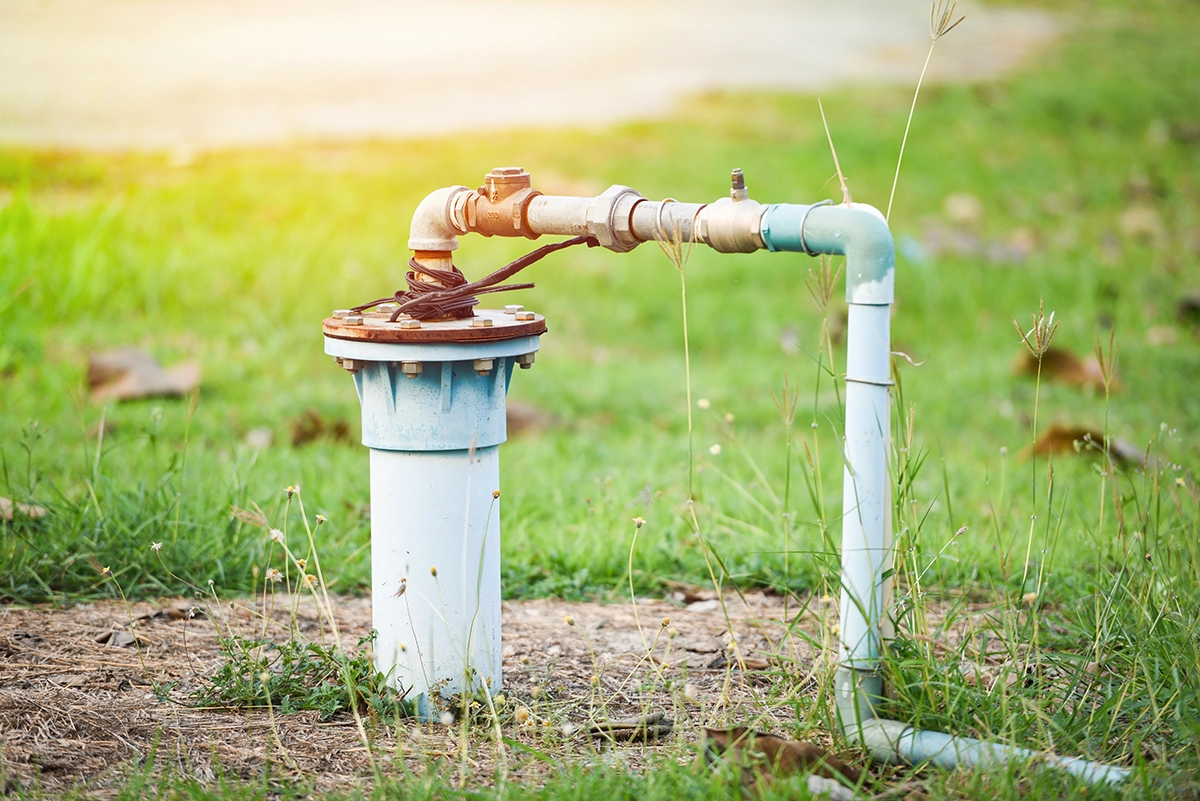How to Prime a Well Pump: Step-by-Step Guide
Home /
Living in Fredericksburg, VA, many homeowners rely on well water for daily needs. But when your water suddenly stops flowing, one of the first questions is how to prime a well pump. At Clog Heroes, we often help customers restore water service after a pump loses its prime. Knowing how to handle this situation not only saves time but also helps you avoid bigger plumbing issues.
What Does Priming a Well Pump Mean?
A well pump works by creating suction to pull water from the ground into your plumbing system. For that suction to happen, the pump needs water inside it. Priming is the process of filling the pump and suction line with water so it can operate properly.
If air gets trapped inside the pump or the lines, the pump can’t draw water effectively. That’s when you’ll notice faucets sputtering, water pressure dropping, or no water at all.
Why Would a Well Pump Lose Its Prime?
Before learning how to prime a well pump, it’s helpful to understand why the problem happens.
Leaks in the suction line – Even a small crack or loose fitting allows air into the system.
Check valve failure – A faulty valve may let water drain back into the well, leaving the pump dry.
Low water levels – During droughts or heavy use, the water table may drop below the pump’s reach.
Maintenance issues – If filters are clogged or seals are worn, the pump struggles to hold water.
Identifying the cause will keep the problem from repeating once you get your system running again.
How to Prime a Well Pump Safely
Every setup is a little different, but the general steps are similar. Follow these guidelines carefully:
Step 1: Turn Off the Power
Before doing any work, switch off power to the pump at the breaker. This prevents the pump from running dry and burning out while you’re adding water.
Step 2: Locate the Priming Plug
Most pumps have a priming plug on top. Use a wrench to remove it. If you’re not sure where it is, check the owner’s manual or ask a plumber to point it out during routine service.
Step 3: Fill the Pump with Clean Water
Using a garden hose or bucket, slowly pour clean water into the opening until the pump housing and suction line feel full. This removes trapped air and prepares the system to create suction again.
Step 4: Replace the Plug and Restore Power
Tighten the priming plug securely, then turn the breaker back on. The pump should begin running and pulling water through the system.
Step 5: Check Faucets and Pressure
Open a nearby faucet and watch for steady water flow. Air bubbles may appear at first, but they should clear quickly. Monitor your pressure gauge to make sure it reaches normal operating levels.
Step 6: Repeat if Necessary
Sometimes one round isn’t enough. If the pump still won’t hold prime, repeat the process. If multiple attempts fail, it’s usually a sign of a deeper issue, such as a suction line leak.
Tips to Make Priming Easier
Keep a hose connected to an outside spigot with access to city water or a neighbor’s well for quick refills.
Use only clean water to avoid introducing dirt or debris into the pump.
Check seals and gaskets for wear when you open the pump. Replacing them during priming helps prevent future problems.
Never let the pump run dry. Even a few minutes without water can damage the motor.
When to Call a Professional for a Well Pump
While learning how to prime a well pump is useful, it’s not always a permanent fix. If your pump repeatedly loses prime, the real issue may be:
A hidden leak in the suction line
A worn-out check valve
Low water levels in the well
An aging pump that needs replacement
At Clog Heroes, our team can inspect your system, repair leaks, replace faulty valves, or install a new pump if necessary. We’ve helped many families in Fredericksburg restore consistent water supply and avoid costly damage.
Preventing Your Pump from Losing Prime
Preventive care is the best way to avoid unexpected water loss. Some simple steps include:
Regular inspections – Have your well pump checked at least once a year.
Seal checks – Make sure fittings are tight and free of cracks.
Water level monitoring – During hot Virginia summers, keep an eye on water use and consider conservation if levels run low.
Backflow protection – Install proper valves to keep water where it belongs.
By staying proactive, you’ll reduce the risk of losing prime and extend the life of your pump.
Final Thoughts on How to Prime a Well Pump
So, how to prime a well pump? The process involves filling the pump with water, restoring suction, and checking your system for proper operation. It’s a good skill to have as a homeowner, but if the problem keeps coming back, it’s time for expert help.
Clog Heroes is proud to serve Fredericksburg, VA with reliable well pump service, plumbing repairs, and emergency support. If your pump won’t hold prime or you suspect a bigger issue, call our team today. We’ll get your water flowing and keep it that way.

